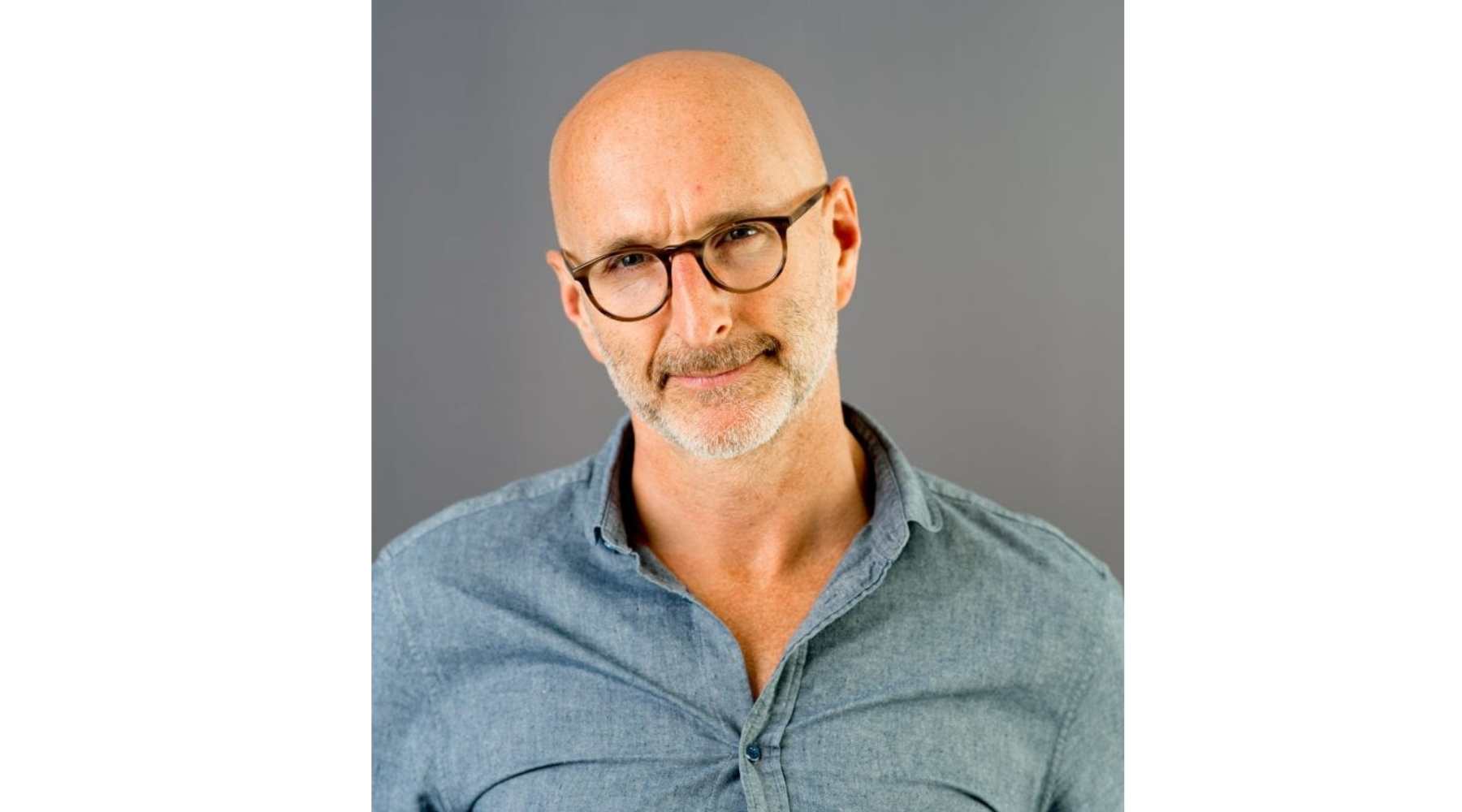In an exclusive interview, Communicate sat down with PHD’s Worldwide Chief Strategy Officer Mark Holden last week during the 11th edition of PHD’s annual conference, BrainScape. Holden discussed his contribution as lead author to PHD’s latest book, Shift, which encourages marketers to ‘rethink’ their approach with the disruption caused by the pandemic and the ever-growing age of digital advancements.

Holden’s vision of the future for the industry comes from studying the past. “We only ever look at the past to help see clearly where we stand today,” he says. “The only purpose of the past is to help us sharpen the sense of reality today, it will help us navigate the route ahead,” he adds.
The marketing mid-life crisis draws a parallel between an individual crisis and similar patterns across the industry. In his book, Holden in collaboration with other authors, navigates these crises with five archetypes:
The King Henry VIII
This archetype is identified by the marketer’s constant urge to ‘force through change.’ Those suffering from this crisis find comfort in constantly changing agencies or long-term strategies.
Holden explains how recruiting the right talent can help organizations control this situation. Workplace culture plays a crucial role in talent acquisition. “An organization’s culture contributes to building a people-based future in terms of how it impacts individuals,” Holden explains. “If there is no clarity on the values, roles of employees, or even the KPIs of a company, employees tend to become anxious and start making decisions based on irrational factors and that’s the fundamental cause of a mid-life crisis,” he adds.
The Madonna
Marketing organizations suffering from this crises category are always aspiring to ‘reinvent’ to desperately keep up with the latest digital and social trends. One symptom that confirms this archetype is losing the sense of its KPIs.
“Brands and organizations need to deeply resonate with their motivational drivers,” says Holden. “I would divert the budget dedicated to studying an organization’s audiences on an attribute basis to understanding their needs. We need to understand the impulses behind every purchase and the category it belongs to,” he says.
The Christopher Columbus
Organizations embroiled in this type of crisis are often spotted pushing through operations without any direction. The process of streamlining responsibilities is dumped at the bottom of the priority list.
It is imperative that the knowledge of marketing science, laws, and tactics is rejuvenated by touching base on the past.
The Donald
This archetype reflects a ‘listen to me’ behavior. Organizations suffering from it are unable to effectively resonate with their marketing strategy. While a Donald organization might possess extensive knowledge of marketing science, it struggles to derive strategies that are relevant to its realistic business goals.
“Consumers and/or clients will be directly affected by a crisis when an organization is already infected with it,” Holden says. To manage this, marketers need to connect the dots between science and the commercial goals of the business.
The Harry Houdini
‘Drawn to complexity’ best describes organizations under the influence of this archetype. Holden and his fellow contributors to Shift classify organizations using investment in upgraded technology as a curtain to ‘stay ahead of the curve.’ Marketers need to take a step back and build practical solutions based on an effective strategy.
Holden describes these marketing mid-life crises as a phase. “A lot has happened through the pandemic, we need to push through the commerce environment with communication by its side,” he says. “Marketers need to identify synaptic connections between their strategy and their audiences’ needs and this, with new roles and capabilities, will help us make the marketing shift,” Holden concludes.





